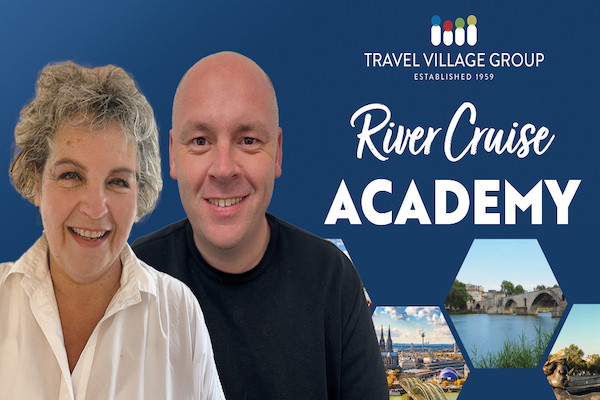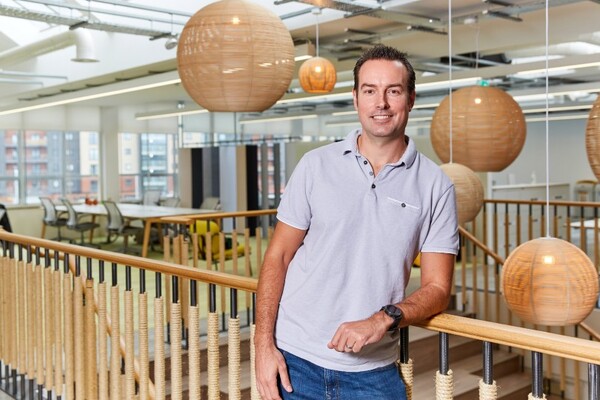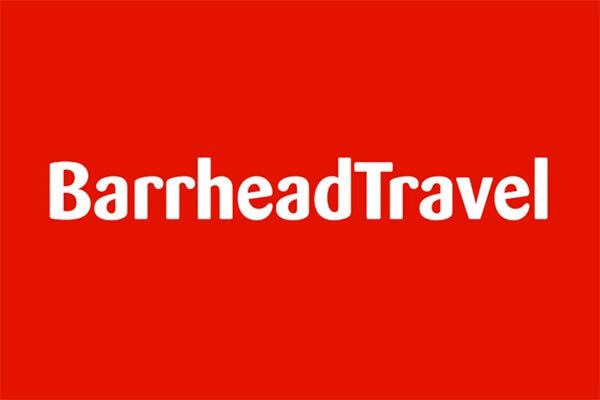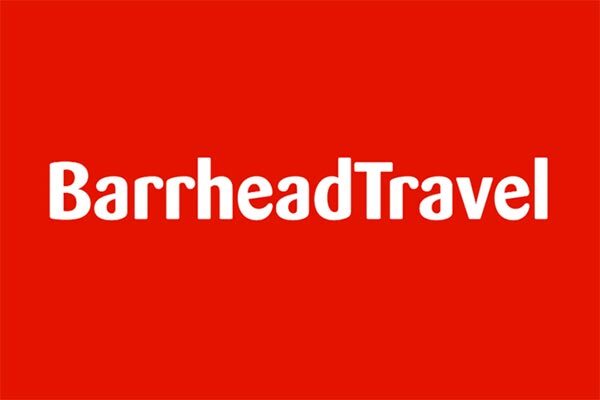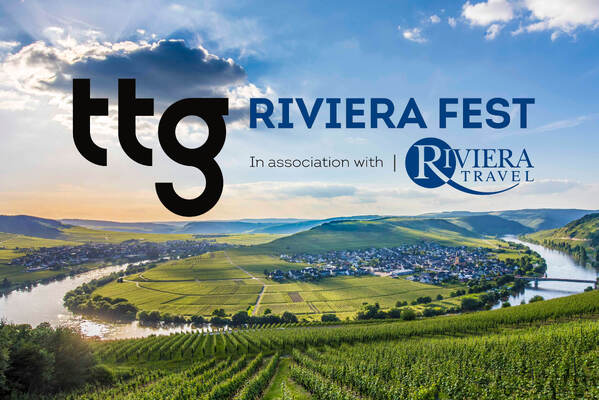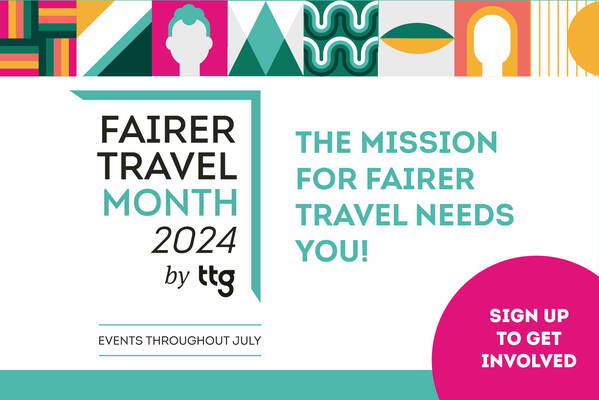An agent's guide to formulating a social media strategy
 Lauren Hughes
Lauren HughesIf you’ve resolved to crack Instagram, TikTok and the rest in 2024, then our expert can help, with no better time than the new year to implement a new plan of action
The term “marketing” is as broad as the day is long, and deciding where to put your time and budget to attract consumers and turn that attention into the all-important goal of bookings can be overwhelming.
As we kick off 2024, we want to feel like we’ve got our ducks in a row to make the most of the year ahead.
Social media marketing plays an important and valuable role in the UK market, and building your strategy around a platform such as Instagram, Facebook or TikTok can help give you a first-class ticket to maximising your efforts and driving your business forward.
The digital world has become central to how we shop: the consumer’s path-to-purchase journey has four phases: inspiration, research, planning and booking.
SOCIAL MEDIA IN THE PURCHASING JOURNEY
At the start of 2023, the UK had 49.45 million people aged 18-plus using social media. That’s 92.4% of the 18-plus total population, and they spend an average of 1 hour and 56 minutes per day on it.
In an increasingly digital world, these figures are only projected to rise. The top half of the process, inspiration and research, is digitally-led with social media coming out on top throughout.
This is where travel agents can start the process of guiding consumers on their journey, for example, in the inspiration stage, sharing short-form content such as beautiful images that engage your target audience, and then supporting their research stage with educational content which will be longer-form and provide more information which can be written or visual, and even leverage features like the Instagram Stories “Questions” function so you can respond to specific things your audience wants to know.
The second half of the process, planning and booking, is where consumers tend to move to online booking websites and apps.
To keep the consumer on their journey directly with you as an agent, and support the planning phase, you can create content such as itineraries, and move this through to bookings via several means. These include community management by responding to comments and messages, using features like “linkinbio”, Stories features like “Link” and profile set-up features like “Contact Options” and “Action Buttons”, which can be tailored for your business.
A social media strategy that integrates your expertise and human touch can help align the digital world to real human connections and help drive bookings, and repeat bookers, to your door.
WHY YOU NEED A STRATEGY
Social media marketing consists of four main forms:
1. Organic
Unpaid content and activity targeted to reach users that naturally picks up performance metrics.
2. Influencer
An agreed promotion that is paid or unpaid with other parties such as a person, brand or even publisher.
3. Paid social
Targeted advertisements directed at custom audiences which can be done from your brand, your posted content or influencer partnership content.
4. Earned media
Content promoting your business that hasn’t been paid for or created by you – this is a form of user-generated content.
BUILDING YOUR STRATEGY
A social media strategy is not one-size-fits-all or a one-off box-ticking exercise. Your strategy needs to be bespoke to you, aligning with the social media landscape and agile enough to evolve.
I split this into four phases: understanding; aligning; implementing; and analysing. While strategies distil a wealth of information and considerations, the following is a guide with a tip of the iceberg for each phase, which will help you to build out a starter strategy.
PHASE 1 – UNDERSTANDING
The goal of this phase is to gain as much of an understanding as possible about who you and your target audience are, where you are right now in the landscape and where you want to go, and what you can deploy to achieve your goals.
Ask yourself these key questions:
1. What do you want to be known for?
Consider: Your business; the brand; tone of voice; unique selling points; and service.
2. Who do you need to be known by?
Consider: Target audience; age; gender; location; income; and persona.
3. What are your goals and current return on investment?
Consider: Based on your business set-up; measurable positive or negative impact of current marketing efforts overall and your social media marketing.
4. Which resources do you have at your disposal?
Consider: Internal, external and financial; team set-up; agency or service support; tools; budget; and time.
5. Who are your current competitors and who do you aspire to be like?
Consider: Competitor analysis; social media accounts/activity; content; influencers; and paid activity. What can you learn from them, good or bad!
PHASE 2 – ALIGNING
The goal here is to begin to knit the above together with the considerations below into a skeleton strategy; what, where and how you’re going deploy your social media marketing activities.
1. Platform and form focus
Consider: What platforms and which forms of social media marketing are required to connect with your target audience and drive your goals.
2. Social-first content – organic
Consider: Which content formats are native to the platform you’re posting on and align with the content your target audience segments seek there.
3. Social media management and community management – organic
Consider: Which platform features are rewarded by the platform, e.g., Reels on Instagram, and consumed by your target audience. How can you leverage community management to enhance discovery, build an engaged community around your brand, and support customer service?
PHASE 3 – IMPLEMENTING
Once you have all of your ducks in a row, you can begin to action your skeleton strategy. The key things you should be clear on are: your goals and how you’re measuring them; internal and external stakeholders’ roles and responsibilities; budget; and timeframes.
PHASE 4 - ANALYSING
The goal here is to really understand your performance metrics versus your goals and the landscape. To do this meaningfully, use several methods across this and find correlations, breaking it down into:
1. Big picture
With a bird’s-eye view, how does your performance compare to your competitors and the social media landscape as a whole?
2. Deep-dive
Social moves fast – use short-term analysis such as top-performing posts in your weekly and monthly performance. Use grouped analysis such as per content format e.g., inspirational content. Doing this will give you insights to build out your strategy whilst keeping it agile, aligned to your goals and maximising return on investment.
Lauren Hughes is head of strategy at Social Trinity and a TTG 30 Under 30 member. Read her advice for using Reels to drive more growth and engagement and earning clients’ trust with authentic imagery.




